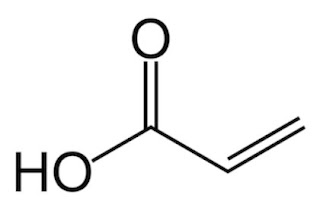TU Wien opens a pilot lignocellulosic biorefinery
Type of post: NEWS IN BRIEF.
TU Wien (Vienna
University of Technology) opened a pilot biorefinery earlier this month. In
this facility, a team of scientists of the Institute of Chemical, Environmental and Bioscience Engineering will optimised processes that can
be used to valorise residues that were previously simply thrown away or at most
burned, including straw, wood waste from sawmills or paper mills, shrubs or
biowaste from food production.
Press release: “Bioraffinerie: TU Wien eröffnet
Pilotanlage”,
6/6/2019.
Figure 1. Prof. Herbert Danninger, Vice-Rector
Johannes Fröhlich and Dr. Martin Miltner (from lefo right) at the plant
opening (Photo: Martin Brenner)
The team is using a specially developed system to
break down those lignocellulosic residues into its main components: cellulose,
hemicellulose and lignin. It can reach a pressure of up to 30 bares and
temperatures of up to 250°C. Depending on the feedstock used, bioactive
substances such as cannabinoids, flavonoids or polyphenols can also be
extracted. With the new pilot plant, they will examine exactly how best to
combine the operating parameters (pressure, temperature, solvent and extraction
time) in order to extract the desired substances. Multi-stage extraction
methods are also possible, all settings can be programmed exactly on the new
system and executed automatically. On the one hand, the vision is to develop
the optimum technology for a product range and a specific residue location and,
on the other hand, to find the best methods for processing a wide range of
residual materials.
I transliterate the words of Angela Miltner (scientist of the team) because they fully explain an important idea to take into account in the design of small-scale biorefining systems: “There will not be a standard type of biorefinery in the future. You always have to adapt the procedures to the locally available residues. Only by knowing the chemical and process technical details very well, the right biorefinery for each case can be planned.”.





